
The Coleophoridae are a family of small moths, belonging to the huge superfamily Gelechioidea. Collectively known as case-bearers, casebearing moths or case moths, this family is represented on all continents, but the majority are found in temperate areas of the Northern Hemisphere. They are most common in the Palearctic, and rare in sub-Saharan Africa, South America, and Australia; consequently, they probably originated in northern Eurasia. They are relatively common in houses, they seek out moist areas to rest and procreate.

Coleophora is a very large genus of moths of the family Coleophoridae. It contains some 1,350 described species. The genus is represented on all continents, but the majority are found in the Nearctic and Palaearctic regions. Many authors have tried splitting the genus into numerous smaller ones, but most of these have not become widely accepted.

Coleophora serratella is a moth of the family Coleophoridae. It is found in Europe, Japan (Hokkaido) and North America.

Coleophora spinella, the apple-and-plum casebearer, is a moth of the family Coleophoridae. It is found in Europe, the Near East and North America.

Tambja morosa, also known as Tambja kushimotoensis or gloomy nudibranch, is a species of sea slug, a dorid nudibranch, a shell-less marine gastropod mollusk in the subfamily Nembrothinae within the family Polyceridae.

Coleophora potentillae is a moth of the family Coleophoridae. It is found from Fennoscandia to the Pyrenees, and from Ireland to Poland.
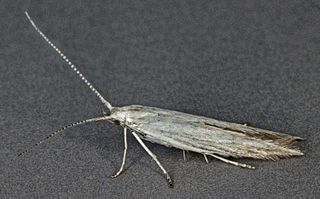
Coleophora striatipennella is a moth of the family Coleophoridae that is found in Europe and Near East. It has been introduced to New Zealand.
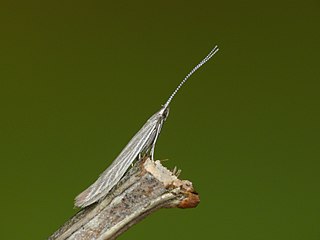
Coleophora otidipennella is a moth of the family Coleophoridae found in Asia and Europe.

Coleophora siccifolia is a moth of the family Coleophoridae. It is found in most of Europe.
Coleophora salicorniae is a moth of the family Coleophoridae. It is found in most of Europe, including the Mediterranean islands and Cyprus. It is also known from central Asia, Iran and the Canary Islands. It occurs in desert biotopes and salt-marshes.
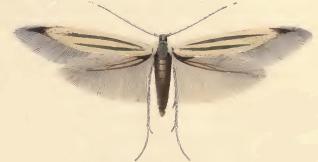
Coleophora chalcogrammella is a moth of the family Coleophoridae. It was first described by Philipp Christoph Zeller in 1839 and is found in Europe.
Coleophora chrysanthemi is a moth of the family Coleophoridae. It is found from Finland to Italy and Hungary.
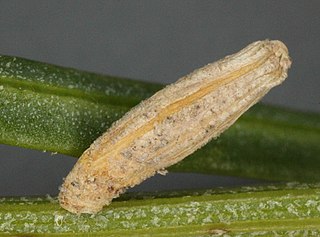
Coleophora adspersella is a moth of the family Coleophoridae. It is found in most of Europe, except the Iberian Peninsula, Switzerland and Slovenia. It is also found in China. It occurs in forest and forest steppe biotopes, and in anthropogenic landscapes where the food plant occurs.

Coleophora orbitella is a moth of the family Coleophoridae. It is found from Scandinavia and northern Russia to the Pyrenees and Italy and from Ireland to Poland and Hungary.
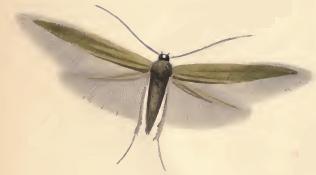
Coleophora paripennella is a moth of the family Coleophoridae. It is found in most of Europe, except the Iberian Peninsula and Balkan Peninsula.
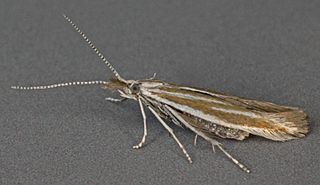
Coleophora pyrrhulipennella is a moth of the family Coleophoridae found in Europe. It was first described by Philipp Christoph Zeller in 1839.
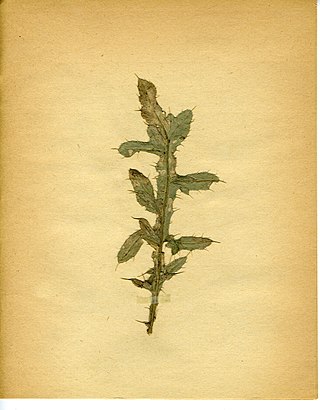
Coleophora therinella is a moth of the family Coleophoridae found in Asia and Europe.

Coleophora saxicolella is a moth of the family Coleophoridae found in Asia and Europe.

Coleophora taeniipennella is a moth of the family Coleophoridae. It is found in most of Europe.

Ichneutica morosa is a moth of the family Noctuidae. It is endemic to New Zealand and is found in the southern parts of the North Island and throughout the South Island. I. morosa is common in the eastern parts of both those islands and also in Fiordland. I. morosa can be found from altitudes ranging from lowlands to the alpine zone. I. morosa is absent from the range of its closely related species I. mustulenta, that is from the northern North Island. The larvae of I. morosa are known to feed on Poa astonii and also on other Poa species including introduced species. As well as its standard form the adult moths have a grey colour morph with the head and thorax being a grey and mottled brown, and the forewing being a pale greyish ochreous to a deep brown, suffused with grey. I. morosa can be confused with I. mustulenta and I. lignana. Adults are on the wing from November to April.














